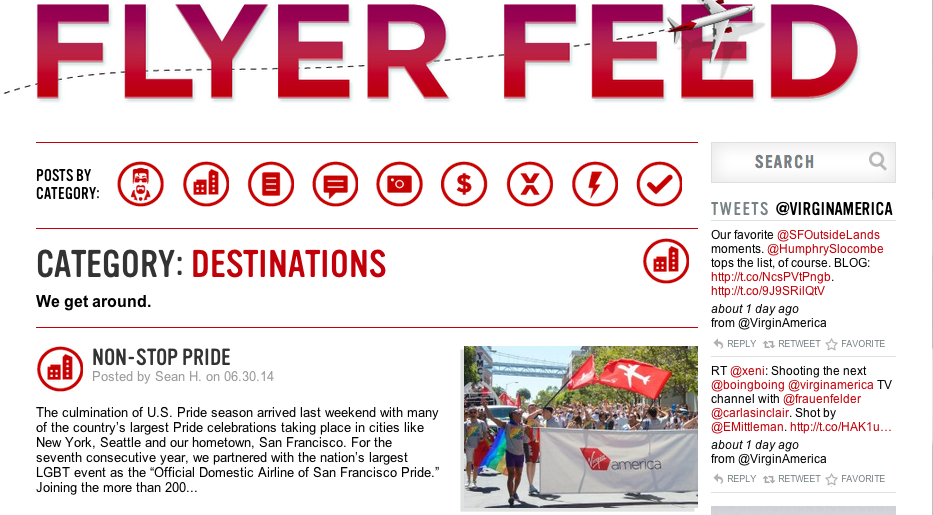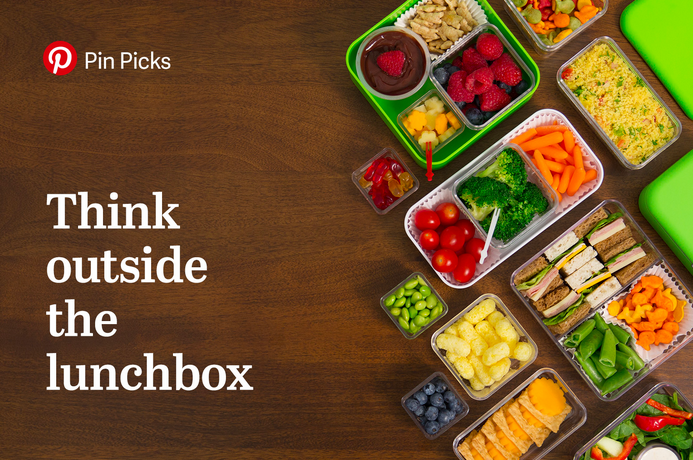
Brand blogs might be considered passé, as more and more companies hop on the latest social bandwagons, be it Vine, Instagram or Snapchat. Curating content for their own blogs might strike some as a Sisyphean task in the age of 15-second snaps and six-second vines; but if done right, blogs can still contribute majorly toward brands consolidating their customers’ affinities and loyalties.
As Facebook algorithm tweaks deny brands’ their previously cherished organic reach, many companies are figuring out that it pays off to become publishers in their own right. Last year, research by marketing tech firm Hubspot, found that blogging produced a new customer for 43 percent of marketers, and that 79 percent of companies who blogged, reported positive ROI from their approach.
However, not every brand can pull it off. Corporate blogs can be boring at worst and self-promotional at best, which can hurt the brand and the business. They are not typically places to go to find anything very interesting.
“Too many companies start with thinking about their products instead of the buyer,” said Mike Volpe, the CMO at Hubspot, “The idea is to compete for the buyer’s attention, not against other brands’ products.”
There are brands though, that stand out—and are constantly coming up with new and engaging content to keep the conversation flowing. We’ve given props to brands who blog well in the past. Here are four brands more recently running blogs that don’t make us yawn.
GE
Ad position: web_incontent_pos1
General Electric launched its blog on Tumblr three years ago, and has been using the platform since — in addition to dabbling on other platforms, such as Snapchat most recently. It’s updated about 3-4 times a week, and is used as a forum to communicate the scientific ethos of the company on a large scale — whether through bite-sized pieces of the company’s history from its archives, or high-tech gifs of its machines. It also hosts several engaging subpages, like the #6secondscience, where it showcases users who record six second-long science experiments.
“Tumblr has a diversity which we thought was very important to tap into,” said Katrina Craigwell, the head of global digital programming at GE, adding that it was a platform that allowed the brand to not only engage with its customers, but also build relationships with future talent.
Virgin America
This airline’s blog called “Flyer Feed,” is a great hybrid of company news, contests, deals, polls, behind-the-scenes and featured guest experiences — a forum that it uses to make its customers feel part of the brand. Launched in 2012 and updated twice a week, it is essentially like a digital airline magazine with several interesting features, such as the “Cheat Sheet”—a list of delicacies of cities it flies to, curated by renowned chefs from the Chefs Feed app. It also showcases its guests’ experiences through several verticals, such as the #VXSelfie campaign last year, where guests were encouraged to take selfies while flying.
Ad position: web_incontent_pos2
“While we’re very active throughout different social media platforms, our blog is a layer deeper in terms of what we’re up to,” said Jill Fletcher, a rep from Virgin America’s brand marketing and social media team. She added that engagement on the blog was beneficial too, contributing to a 31 percent increase in page views in 2014 over last year.
Ann Taylor
“Look Both Ways” is everything one expects a fashion blog to be. Visually and aesthetically appealing, it is replete with the season’s hottest trends, DIY outfits and guest blogs among other things. It goes a step ahead, and makes the blog a place where all its content from different channels merges together—whether it is its 15-second style series of Instagram videos that teach users how to curate outfits, or “The Changemakers”—a subsection featuring women doing innovative and inspiring things in their lives. This isn’t all, the number of subsections where you can raise your style quotient are endless.
Pinterest’s consumer-facing blog boasts almost as many features as the innumerable pins and boards found on the actual platform. The focus of the blog, according to Pinterest, is all about storytelling — whether in the form of news, tips, people profiles or content picks. It could be an announcement about the latest platform update, a “how-to” post, or features of interesting people and their stories. Above all, it’s a one-stop shop where Pinners can connect with the platform directly and be constantly in the loop about any new features or additions.
“Building relationships with our community is crucial for us,” said Annie Lee, marketing manager at Pinterest. “So it’s important that we’re clear in what we say with a goal of being conversational, transparent and friendly.”
More in Marketing

In the marketing world, anime is following in the footsteps of gaming
As marketers look to take advantage of anime’s entry into the zeitgeist, they might be wise to observe the parallels between the evolution of anime as a marketing channel and the ways brands have learned to better leverage gaming in recent years.

With the introduction of video ads and e-commerce, Roblox looks to attain platform status
Roblox is expanding into more areas than just ads in 2024. Much like platforms such as Amazon and Facebook have transcended their origins to evolve from their origins as online marketplaces and social media channels, Roblox is in the midst of a transformation into a platform for all elements of users’ virtual lives.

PepsiCo wants to remain a ‘driver of culture’ as it turns to influencers and activations amid rebrand
The soda-maker says it can translate cultural relevance into sales volume.
Ad position: web_bfu






